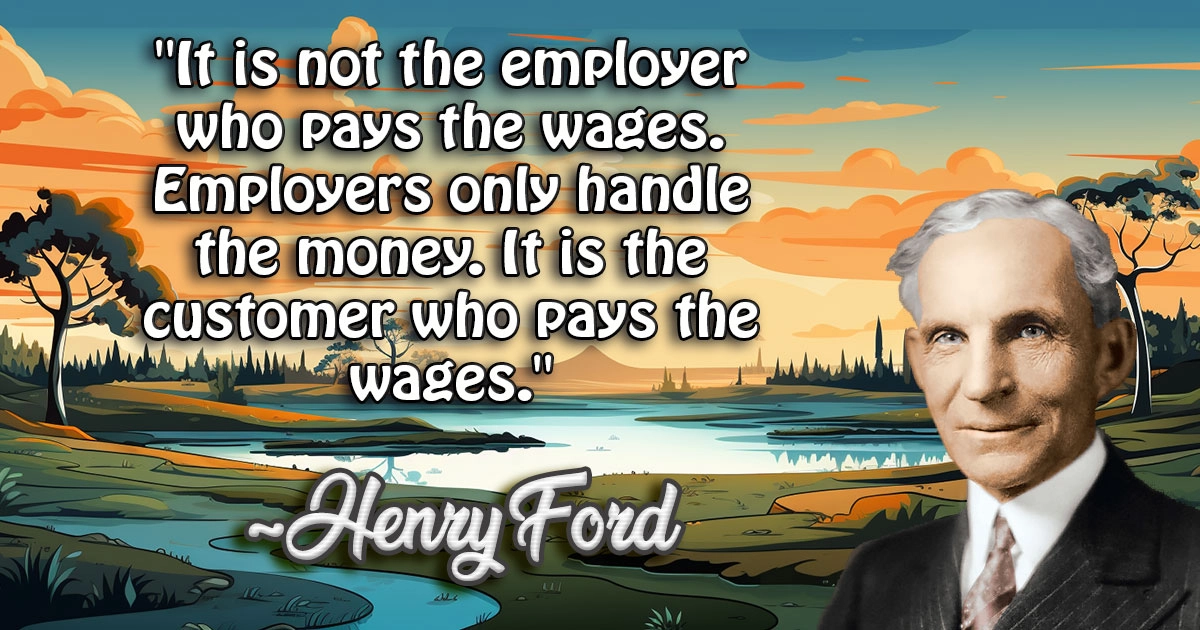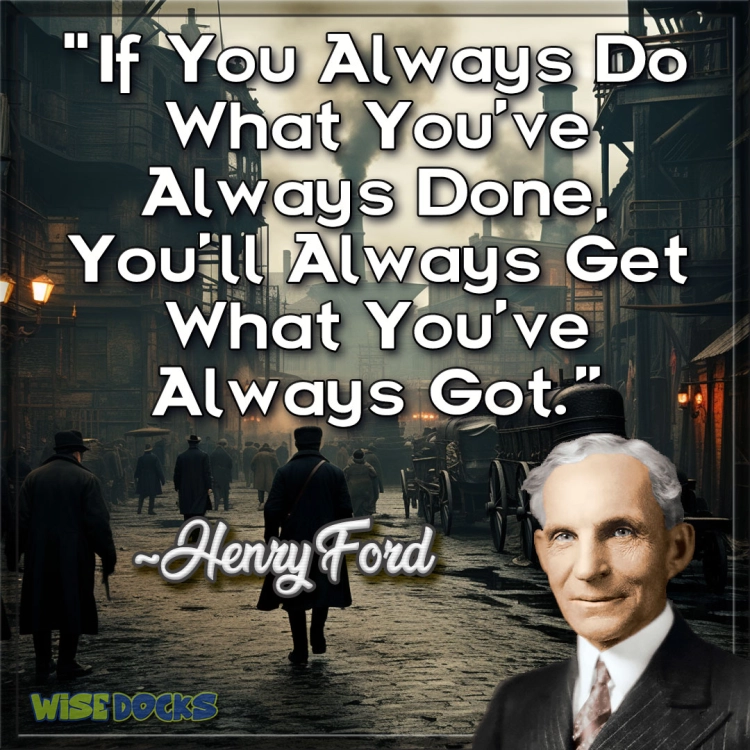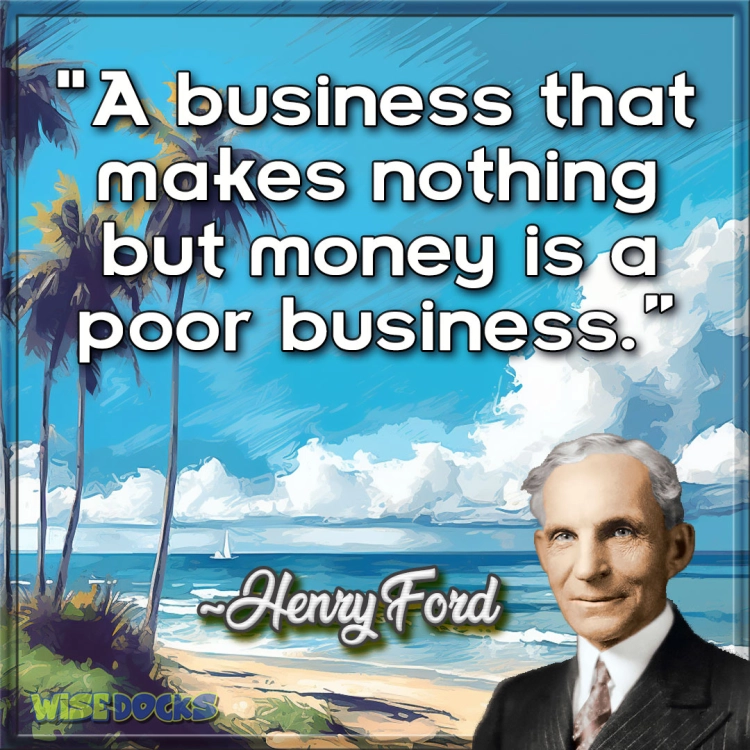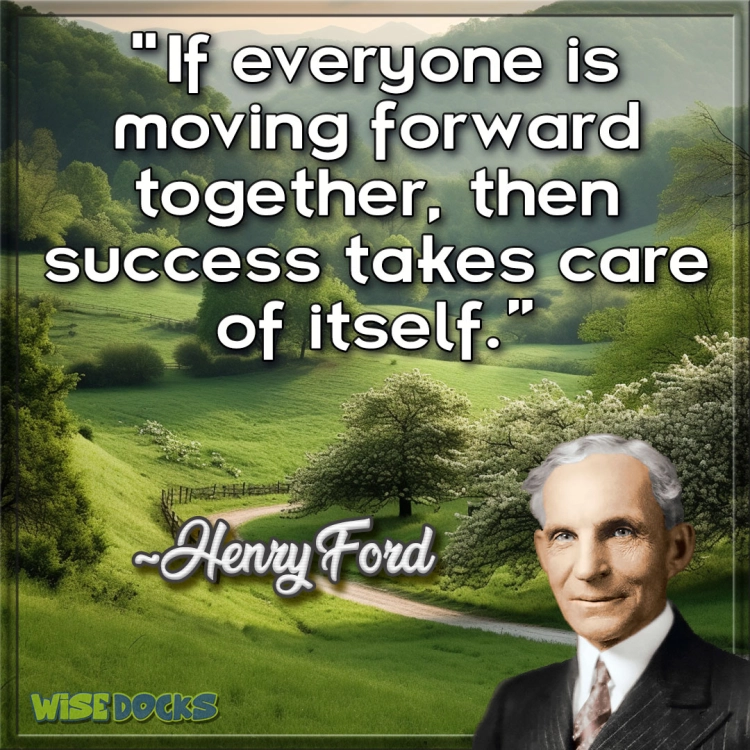
Henry Ford, a name synonymous with innovation, determination, and revolution, was more than just the founder of a car company; he was a visionary who changed the way people lived, worked, and moved. Born on July 30, 1863, in a small farmhouse in Greenfield Township, Michigan, Ford's journey from a curious farm boy to the architect of modern industrial America is a story of relentless pursuit, groundbreaking ideas, and a drive to make the world a better place through mobility.

Henry Ford was born into a farming family, the eldest of six children. His father, William Ford, was a farmer of Irish descent, while his mother, Mary Litogot Ford, had roots in Belgium. Life on the farm was challenging, with long days of hard labor and little time for leisure. However, it was here that Ford developed his love for machinery. From a young age, he was fascinated by the mechanical world and would often take apart and reassemble clocks and watches, much to the dismay of his family.
Despite the demands of farm life, Ford's parents recognized his passion for mechanics and supported his education. In 1879, at the age of 16, Ford left the farm to pursue his interest in machinery, taking an apprenticeship as a machinist in Detroit. This move marked the beginning of Ford's lifelong love affair with machines and engines.
Ford’s early years in Detroit were a time of learning and experimentation. He worked at the Michigan Car Company, a manufacturer of railroad cars, and later at the Westinghouse Engine Company. His work exposed him to various mechanical innovations, and he quickly became adept at understanding and improving the machines he worked with. However, Ford's ambitions went beyond simply fixing engines; he wanted to create something that would change the world.

In 1888, Ford returned to Dearborn and married Clara Bryant, the woman who would become his lifelong partner and biggest supporter. To support his new family, Ford took a job as an engineer at the Edison Illuminating Company. It was here that he met Thomas Edison, who would become a significant influence on Ford’s life and work. Edison encouraged Ford to pursue his experiments with gasoline engines, planting the seeds for what would become the automobile revolution.
By the early 1890s, the idea of a self-propelled vehicle was becoming a reality in the minds of many inventors. Ford, inspired by the growing potential of gasoline engines, began working on his own version of an automobile. In 1896, after years of tinkering in his spare time, Ford completed his first working vehicle, the Quadricycle. This small, four-wheeled contraption was powered by a two-cylinder, four-horsepower engine and had a top speed of 20 miles per hour.
The Quadricycle was a rudimentary machine by today’s standards, but it was a significant achievement for Ford. It proved that a gasoline-powered vehicle could be practical and reliable. More importantly, it fueled Ford’s belief that automobiles could become an integral part of everyday life.
Despite this early success, Ford faced many challenges. The automobile industry was in its infancy, and the idea of mass-producing cars was still considered impossible by many. Most vehicles at the time were custom-built and expensive, accessible only to the wealthy. Ford, however, had a different vision. He wanted to create a car that was affordable, reliable, and available to the masses.
In 1903, after several failed attempts to start a car company, Ford founded the Ford Motor Company with a group of investors. The company’s first car, the Model A, was released later that year. Although it was well-received, it was still too expensive for most people. Ford knew that to achieve his dream of making cars affordable for everyone, he needed to find a way to produce them more efficiently.
Ford's solution came in the form of the moving assembly line, an innovation that would revolutionize not only the automobile industry but manufacturing as a whole. Inspired by the meatpacking industry’s disassembly lines, where workers specialized in repetitive tasks, Ford introduced the assembly line to his factory in 1913. The concept was simple: instead of workers moving from one task to another, the car would move along a conveyor belt, and workers would perform the same task repeatedly as the car passed by.
This innovation drastically reduced the time it took to build a car. The production time for a single Model T, Ford's most famous car, dropped from 12 hours to just 90 minutes. As a result, Ford was able to lower the price of the Model T from $850 in 1908 to less than $300 by the 1920s, making it affordable for the average American worker.

The Model T, also known as the "Tin Lizzie," was the car that put the world on wheels. Introduced in 1908, the Model T was simple, durable, and easy to drive. It was designed to handle the rough and unpaved roads of rural America, making it the perfect car for the masses. Ford’s insistence on standardization and simplicity meant that parts could be easily replaced, and repairs could be done by the car’s owner, further reducing costs and making the car even more accessible.
The impact of the Model T was profound. By 1927, when the last Model T rolled off the assembly line, more than 15 million units had been sold, making it the best-selling car of its time. The widespread availability of the automobile transformed American society, giving rise to the suburbs, expanding cities, and changing the way people worked and lived. For the first time, people had the freedom to travel long distances quickly and affordably, which opened up new opportunities for work, leisure, and social interaction.
Ford’s success with the Model T also had a significant impact on the economy. The demand for cars created jobs not only in manufacturing but also in related industries such as steel, rubber, and oil. The rise of the automobile industry spurred economic growth and helped establish the United States as a global industrial leader.
Henry Ford was not just an innovator in manufacturing; he was also a pioneer in labor relations. In 1914, Ford made headlines when he announced that he was doubling the wages of his factory workers to $5 a day, a significant increase from the average wage at the time. This move was part of Ford’s broader philosophy, often referred to as "Fordism," which emphasized high wages, high production, and low costs.
Ford believed that by paying his workers well, they would be more productive and loyal to the company. Higher wages also meant that his workers could afford to buy the cars they were producing, further driving demand for the Model T. This strategy proved to be a success, leading to higher productivity, lower turnover, and greater profits for the company.
Ford's approach to labor was not without its critics. Some saw his wage increase as a way to control his workers and discourage unionization. Ford also implemented strict rules for his workers, including personal conduct both on and off the job, which led to accusations of paternalism. Despite these criticisms, Ford’s policies had a lasting impact on labor relations and set the stage for the modern industrial economy.
As the 1920s progressed, the automotive industry became more competitive. General Motors and Chrysler introduced new models that were more stylish and offered features that the Model T lacked. Ford was initially reluctant to change the design of the Model T, believing that its simplicity and affordability were its greatest strengths. However, as sales began to decline, Ford realized that he needed to innovate once again.
In 1927, Ford discontinued the Model T and introduced the Model A, a more modern and stylish car. While the Model A was a success, it never reached the iconic status of the Model T. The Great Depression of the 1930s also took a toll on the Ford Motor Company, leading to financial difficulties and labor unrest.
Ford's later years were marked by a series of challenges, including a power struggle within the company and his declining health. In 1945, at the age of 82, Ford reluctantly stepped down as president of the company, passing the leadership to his grandson, Henry Ford II.
Despite these challenges, Ford’s legacy as a pioneer of modern industry and a champion of the working man remained intact. He continued to be involved in philanthropic efforts, including the creation of the Ford Foundation, which became one of the world’s largest charitable organizations.
Henry Ford passed away on April 7, 1947, at the age of 83. His death marked the end of an era, but his impact on the world continues to be felt today. Ford’s innovations in manufacturing, labor relations, and product design laid the foundation for the modern automotive industry and helped shape the 20th century.
Ford's vision of making cars affordable for everyone revolutionized transportation and changed the way people lived. His assembly line production method became a model for industries around the world, and his belief in high wages for workers set new standards for labor relations.
Beyond his contributions to industry, Ford was a complex and often controversial figure. His views on social and political issues, including his opposition to war and his controversial opinions on certain ethnic groups, have been widely debated. However, his impact on the world of business and technology is undeniable.
Henry Ford’s life is a testament to the power of innovation, determination, and vision. He was a man who saw beyond the present and dared to dream of a future where everyone could benefit from the advances of technology. By putting the world on wheels, Ford not only transformed transportation but also helped to build the foundation of the modern world. His legacy as an industrial giant and a pioneer of progress continues to inspire generations of entrepreneurs, inventors, and leaders around the globe.